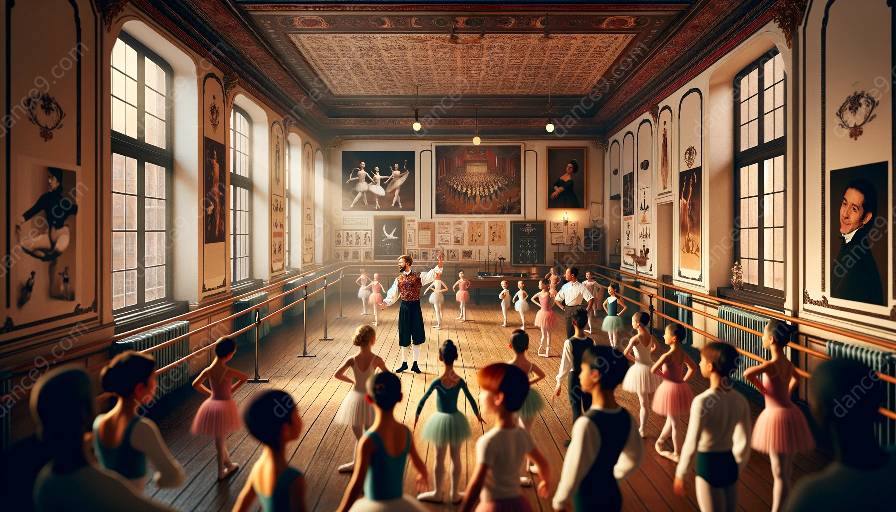Understanding the influence of pedagogical approaches on ballet education involves delving into both the history and theory of ballet. By exploring the various teaching methods and their impact on the learning experience for ballet students, we can gain insights into how pedagogy in ballet has evolved and the ways in which it can be further enhanced.
History and Theory of Ballet
Ballet is an art form with a rich history dating back to the Italian Renaissance courts of the 15th and 16th centuries. It evolved into a performance dance in France and Russia before becoming a highly technical form of dance requiring years of training to master. The theory of ballet encompasses not only the movements and techniques but also the artistry, expression, and storytelling that are integral to the dance form.
Pedagogy in Ballet
Pedagogy in ballet refers to the methods and practices of teaching ballet to students. It encompasses the instructional strategies, curriculum design, and overall approach to education in the context of ballet training. Effective pedagogy in ballet requires an understanding of dance anatomy, kinesiology, and movement principles, as well as an appreciation for the artistic and cultural significance of ballet.
Impact of Pedagogical Approaches on Learning Experience
Various pedagogical approaches can significantly influence the learning experience for ballet students. A holistic approach that integrates technical training with artistic development can nurture well-rounded dancers. Additionally, incorporating diverse teaching methods, such as visual, auditory, and kinesthetic learning techniques, can cater to the different learning styles of students.
Traditional vs. Contemporary Pedagogical Approaches
Traditionally, ballet training has been rooted in strict discipline and adherence to established techniques. However, contemporary pedagogical approaches have embraced more innovative and inclusive teaching methods, acknowledging the diverse backgrounds and abilities of students. This shift has opened up new possibilities for enhancing the learning experience and fostering creativity in ballet education.
Integration of Technology in Pedagogy
In today's digital age, technology plays a significant role in enhancing the learning experience for ballet students. Virtual reality, motion capture, and online instructional resources can provide immersive learning opportunities and personalized feedback, supplementing traditional in-person instruction. Integrating technology into pedagogical approaches can make ballet education more accessible and engaging.
Creating an Enriching Learning Environment
Creating a supportive and enriching learning environment is essential in pedagogy for ballet. This involves cultivating a positive classroom culture, promoting collaboration among students, and providing opportunities for self-expression and exploration. By fostering a sense of community and shared passion for ballet, educators can elevate the overall learning experience.
Conclusion
Pedagogical approaches have a profound impact on the learning experience for ballet students, shaping their technical proficiency, artistic development, and passion for dance. By integrating a deep understanding of ballet history and theory with innovative teaching methods, educators can enhance the pedagogy in ballet and empower students to thrive in their dance education.





























